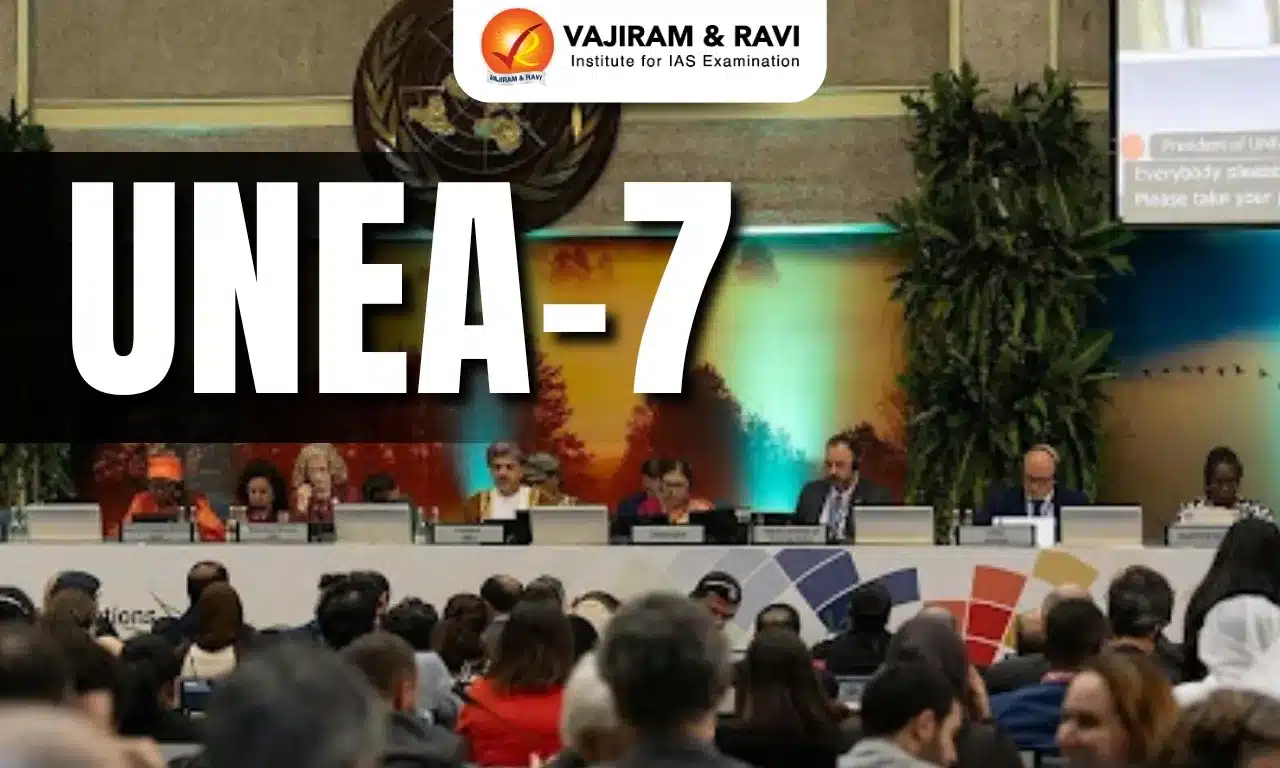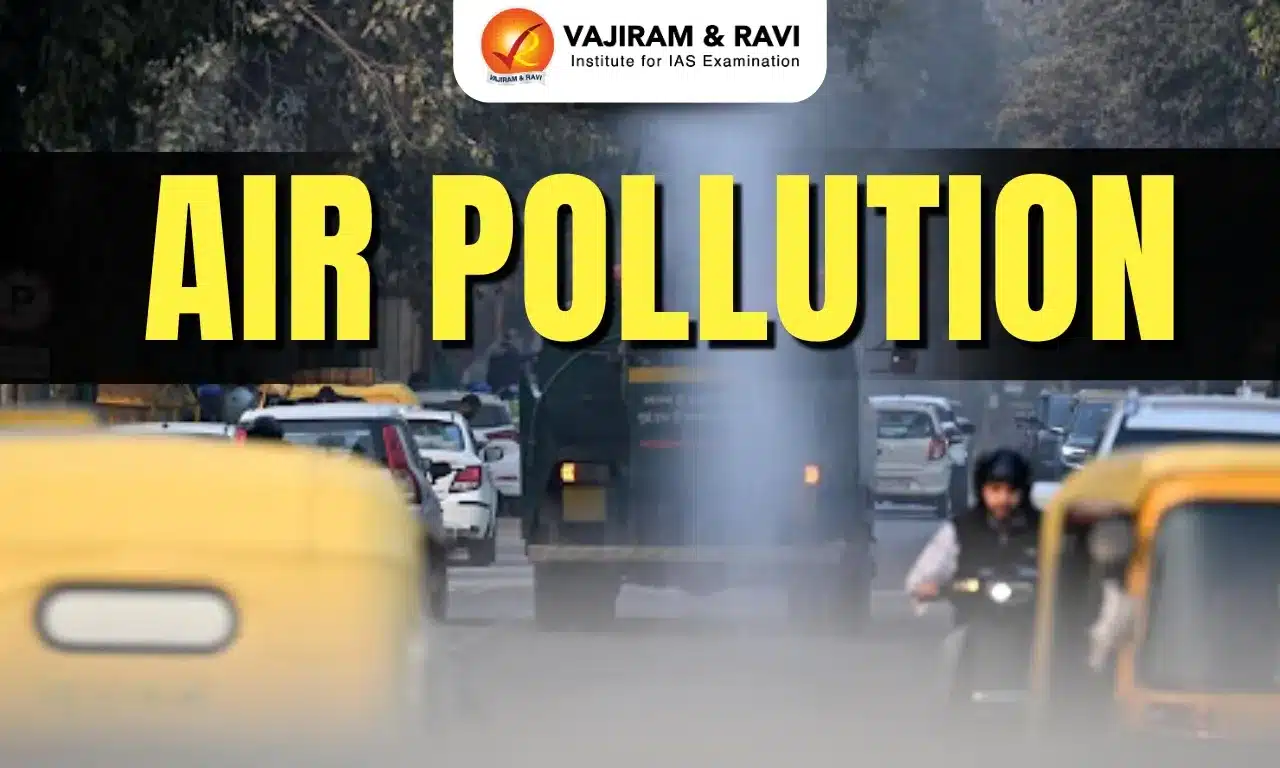What’s in Today’s Article?
- Deposit Insurance Latest News
- Bank Deposit Insurance
- Government’s Stand on Deposit Insurance
- DICGC’s Coverage Limit: Key Points
- Evolution of Depositor’s Insurance Ceiling
- The Case for Increasing Deposit Insurance Further
- Deposit Insurance FAQs
Deposit Insurance Latest News
- The government is considering raising bank deposit insurance beyond the current ₹5 lakh. The bank deposit insurance is provided by RBI’s Deposit Insurance and Credit Guarantee Corporation (DICGC).
Bank Deposit Insurance
- It protects depositors from losing money if a bank fails. It is a key part of a financial safety net that helps stabilize the financial system.
1. Working
- Depositors can access insured funds immediately.
- Prevents panic in the financial system.
- Shields depositors from liquidation risks.
2. Coverage
- In India, the Deposit Insurance and Credit Guarantee Corporation (DICGC) insures deposits up to ₹5 lakh.
3. Covered Banks
- Commercial banks, foreign banks, local area banks, regional rural banks, and co-operative banks (excluding primary co-operative societies).
4. Covered Deposits
- Savings, fixed, current, and recurring deposits.
5. Not Covered
- Government and inter-bank deposits.
6. Premium
- Paid by banks, collected based on risk profile.
7. Benefits
- Protects small depositors from financial loss.
- Stabilizes the financial system.
- Prevents widespread panic during banking crises.
Government’s Stand on Deposit Insurance
- The government is actively considering increasing deposit insurance. A final decision will be notified once approved.
- This was replied by the govt officials when asked about what the government was doing in the matter of the New India Co-operative Bank.
RBI’s Actions on New India Co-operative Bank
- RBI superseded the Board for 12 months due to poor governance.
- Restrictions imposed: No new loans, investments, liabilities, or payments without RBI approval.
- Effective from: February 13, 2025, for six months.
- The bank has 30 branches and reported losses in recent years.
DICGC’s Coverage Limit: Key Points
- Section 18A of the DICGC Act, 1961 (inserted in 2021) ensures depositors receive interim payments in case the RBI imposes restrictions on a bank.
- Depositors can access their insured deposits up to Rs 5 lakh within 90 days of such restrictions.
Insurance Coverage on Bank Deposits
- Maximum Coverage: Rs 5 lakh (including principal + interest).
- Example 1: If a depositor holds Rs 4,99,800 (Rs 4,90,000 principal + Rs 9,800 interest), the entire amount is covered.
- Example 2: If a depositor holds Rs 5,10,000 (Rs 5,00,000 principal + Rs 10,000 interest), only Rs 5 lakh is covered—interest beyond Rs 5 lakh is not insured.
Payment in Case of Bank Liquidation
- If a bank is liquidated, DICGC pays the insured amount (up to Rs 5 lakh per depositor) to the liquidator within two months of receiving the claim list.
- The liquidator then distributes the claim amount to depositors.
Evolution of Depositor’s Insurance Ceiling
- Initially introduced in 1962 with a coverage of Rs 1,500 per depositor.
- Enhanced six times over the years, reaching Rs 1 lakh before 2020.
- Raised to Rs 5 lakh on February 4, 2020, after RBI’s action against Punjab and Maharashtra Co-operative Bank Ltd.
- Growth of Insured Banks
- Started with 287 banks in 1962.
- Increased to 1,997 insured banks as of March 31, 2024.
The Case for Increasing Deposit Insurance Further
- As of March 31, 2024, 97.8% of total accounts were fully insured, exceeding the international benchmark of 80%.
- RBI Deputy Governor M Rajeshwar Rao highlighted that India’s growing and formalising economy will lead to a rise in both primary and secondary deposits.
- A higher deposit insurance cover would:
- Provide better protection to depositors in case of bank failures (e.g., New India Co-operative Bank).
- Strengthen trust and confidence in the banking system.
Deposit Insurance FAQs
Q1. What is the deposit insurance scheme of RBI?
Ans. RBI’s DICGC insures bank deposits up to ₹5 lakh per depositor in case of bank failure.
Q2. What does deposit insurance protect?
Ans. It covers savings, fixed, current, and recurring deposits in commercial, foreign, rural, and cooperative banks.
Q3. Why did the RBI ban New India Cooperative Bank?
Ans. RBI banned it due to poor governance, financial instability, and non-compliance with banking regulations.
Q4. What is meant by DCC bank?
Ans. A District Central Cooperative (DCC) bank provides financial services to cooperative societies in a specific district.
Q5. What do you mean by deposit insurance?
Ans. Deposit insurance protects bank depositors by guaranteeing a portion of their funds if the bank fails.
Last updated on December, 2025
→ Check out the latest UPSC Syllabus 2026 here.
→ Join Vajiram & Ravi’s Interview Guidance Programme for expert help to crack your final UPSC stage.
→ UPSC Mains Result 2025 is now out.
→ UPSC Notification 2026 is scheduled to be released on January 14, 2026.
→ UPSC Calendar 2026 is released on 15th May, 2025.
→ The UPSC Vacancy 2025 were released 1129, out of which 979 were for UPSC CSE and remaining 150 are for UPSC IFoS.
→ UPSC Prelims 2026 will be conducted on 24th May, 2026 & UPSC Mains 2026 will be conducted on 21st August 2026.
→ The UPSC Selection Process is of 3 stages-Prelims, Mains and Interview.
→ UPSC Result 2024 is released with latest UPSC Marksheet 2024. Check Now!
→ UPSC Prelims Result 2025 is out now for the CSE held on 25 May 2025.
→ UPSC Toppers List 2024 is released now. Shakti Dubey is UPSC AIR 1 2024 Topper.
→ UPSC Prelims Question Paper 2025 and Unofficial Prelims Answer Key 2025 are available now.
→ UPSC Mains Question Paper 2025 is out for Essay, GS 1, 2, 3 & GS 4.
→ UPSC Mains Indian Language Question Paper 2025 is now out.
→ UPSC Mains Optional Question Paper 2025 is now out.
→ Also check Best IAS Coaching in Delhi

















